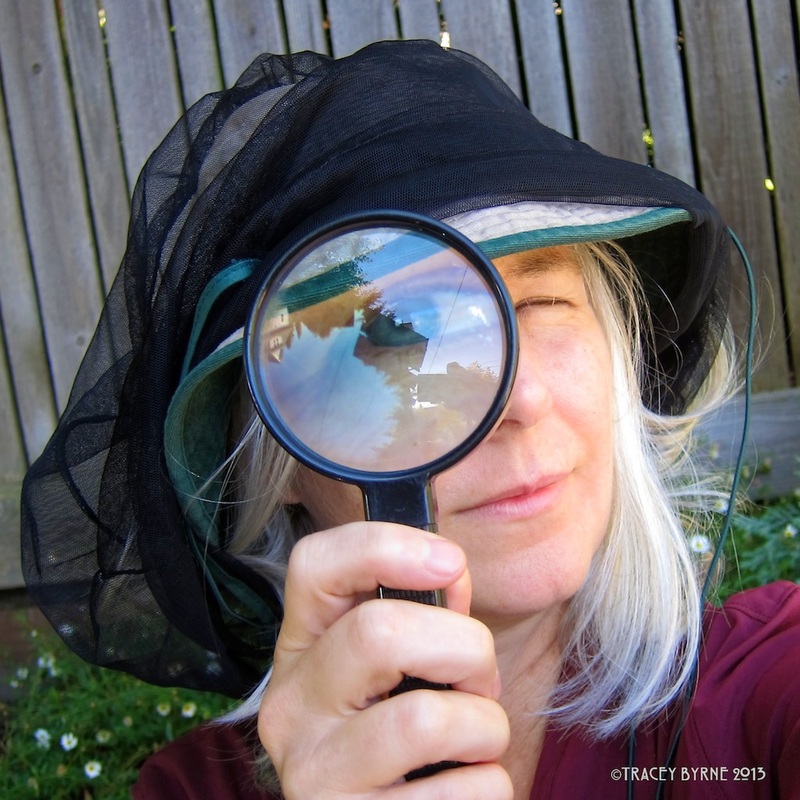Frankenfish Fraud Fest
On November 2, 2015, the U.S. Food and Drug Administration (FDA) approved the first genetically modified food animal—an Atlantic salmon that grows twice as fast as natural salmon, thanks to the insertion of genes from Chinook salmon and eelpout (an eel-like fish).
This approval is so wrong, on so many levels, that it’s hard to know where to start.
For one, the FDA regulates GMO salmon as a drug, not a food—"because the recombinant DNA (rDNA) construct introduced into the animal meets the definition of a drug."
If that’s the case, you would think this new “drug” should be labeled. But it won’t be, because out of the other side of the FDA’s mouth, the agency has declared GMO salmon to be nutritionally equivalent to conventional farm-raised Atlantic salmon. (REALLY?)
As this article on Mercola.com says:
In the eyes of the FDA, it's a perfectly normal fish, but it's also a drug, but since it's a fish that is comparable to other fish, it doesn't need to be labeled, even though all drugs typically need to be labeled...
But of course the new frankenfish is not nutritionally equivalent to farmed salmon. Worse yet, the FDA approved GMO salmon on the basis of flawed studies, none of which included long-term safety testing to prove genetically engineered salmon is safe for human consumption.
********************************
The "at least not everyone has a death wish" News:
Many are fighting the good fight on this issue, and most major food retailers, including Trader Joe’s, Aldi, Whole Foods, Kroger, Costco, Safeway, and Giant Eagle have announced they will not stock GE salmon. (Interestingly, AquaBounty, who is owned by the synthetic biology firm Intrexon, recently purchased the patent for Okanagan's GM non-browning apple too.) Hmm.
Want to find out more?
Center for Food Safety GE fish
Beyond Pesticides Genetically Engineered Salmon without Labeling Approved by FDA
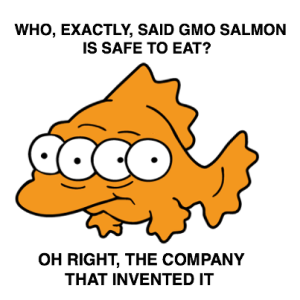
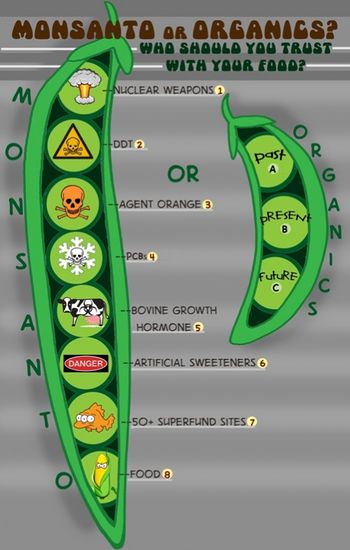
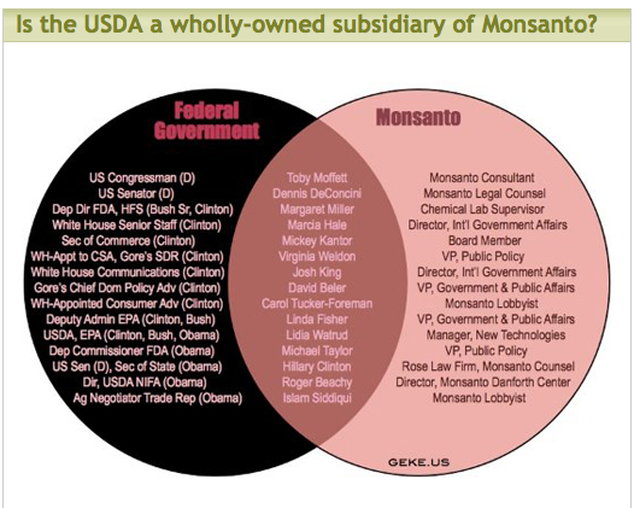
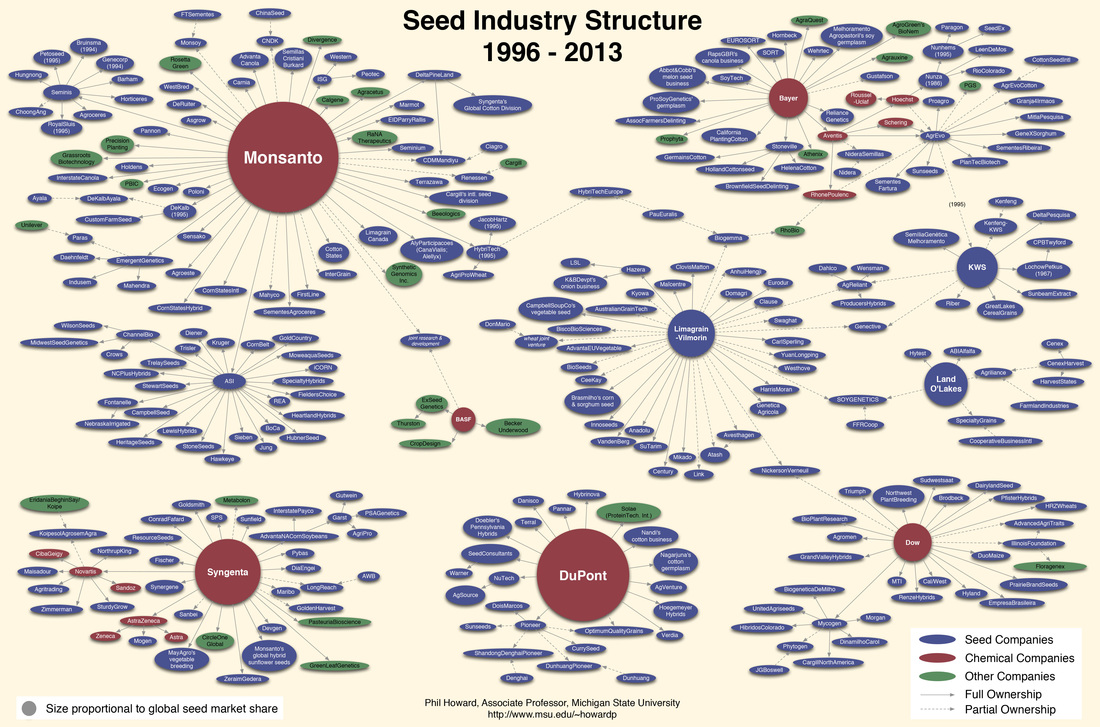
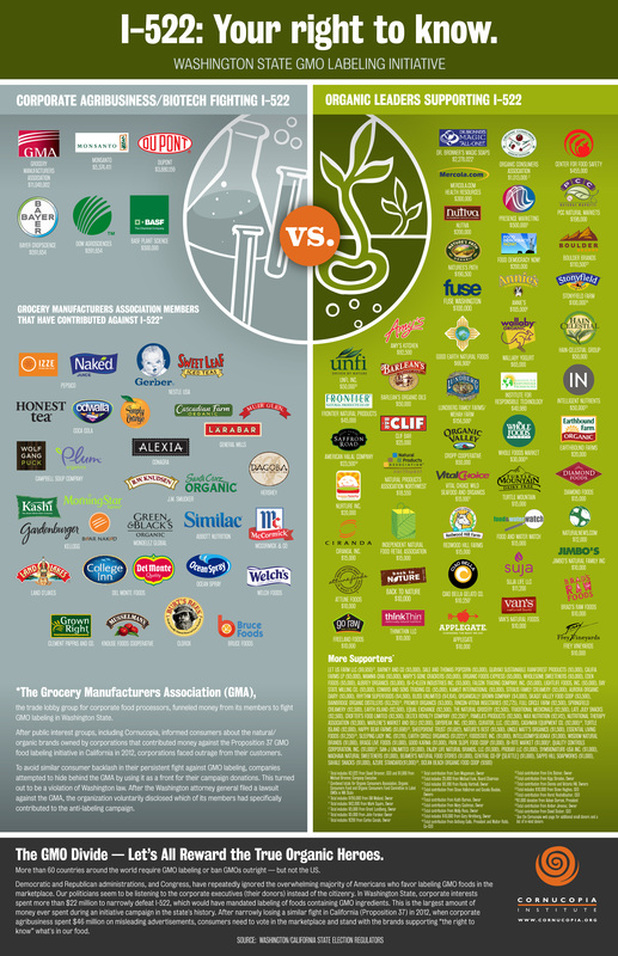
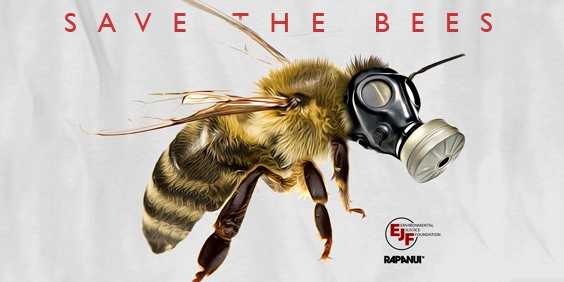
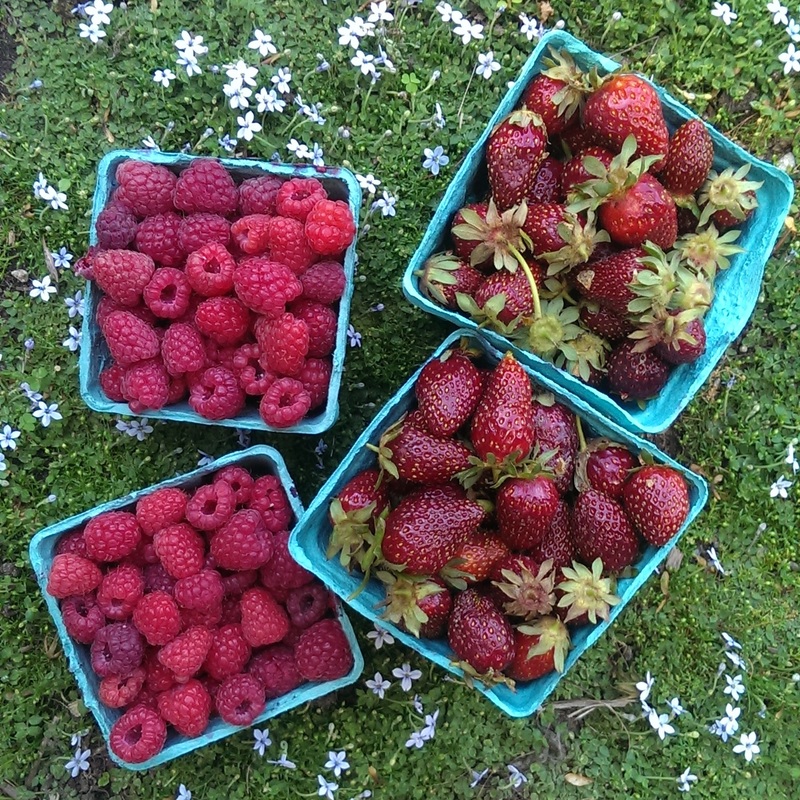
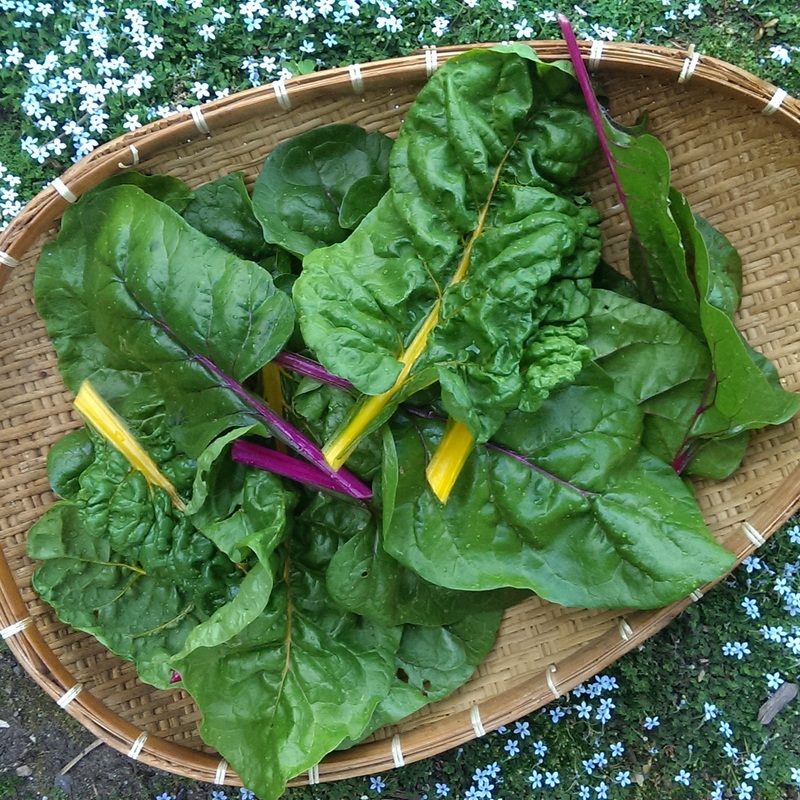
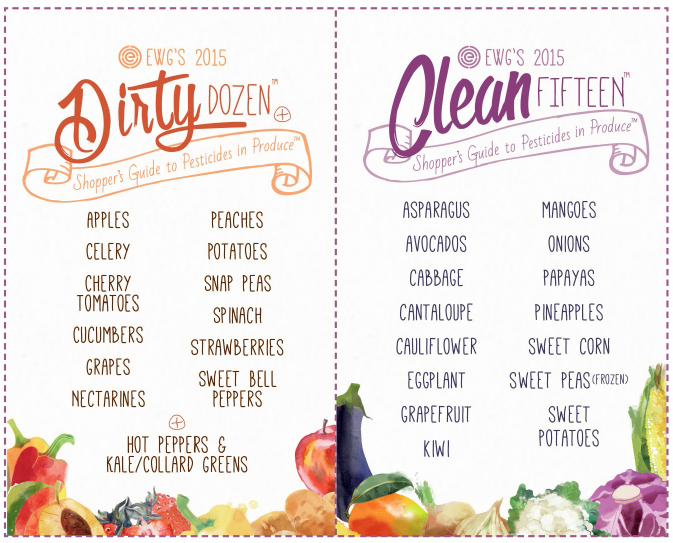
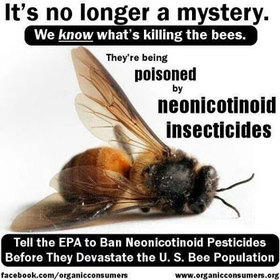
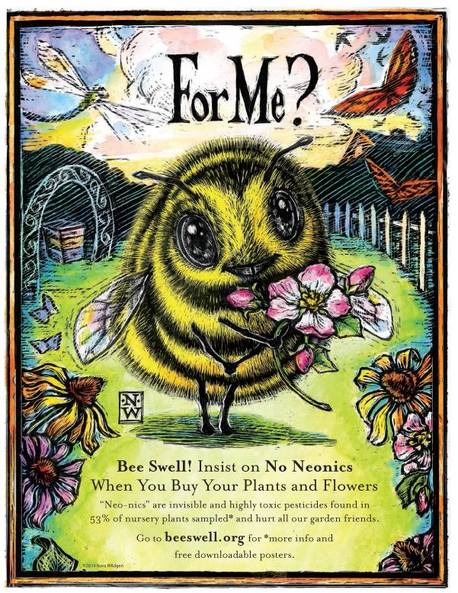

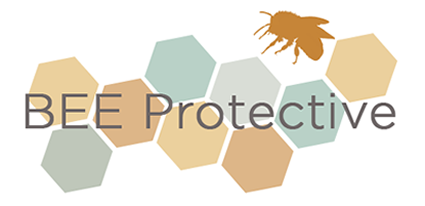


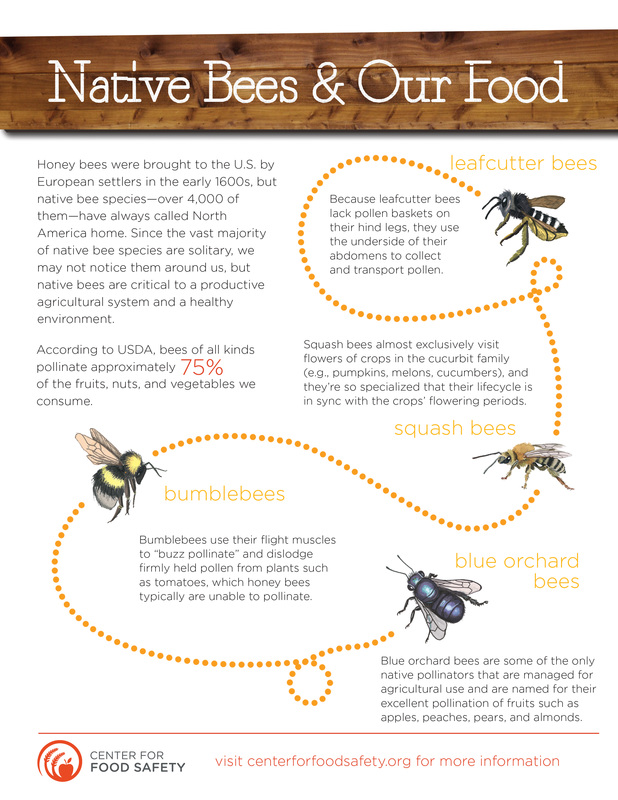

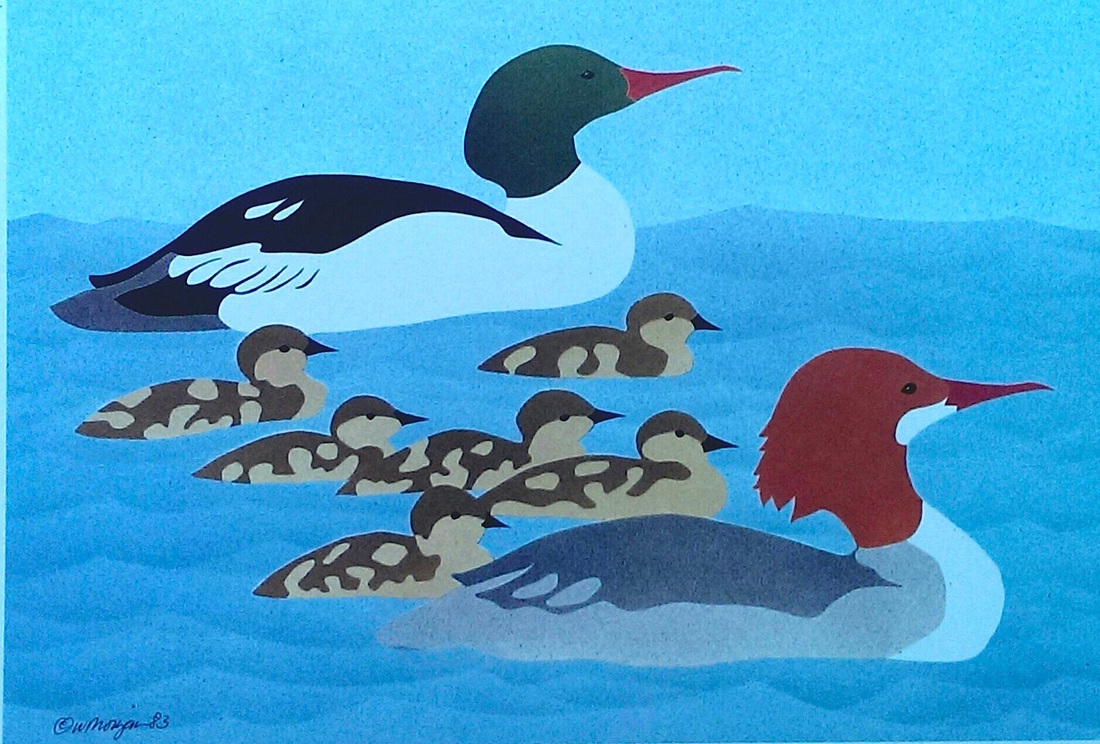



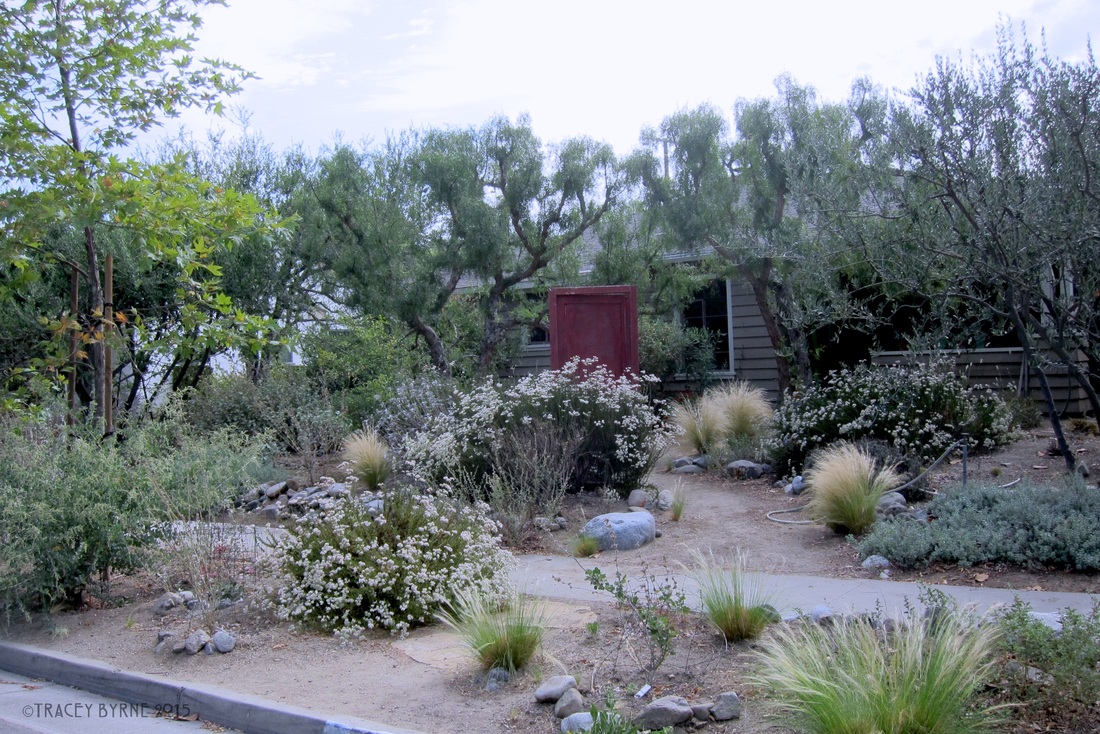

 RSS Feed
RSS Feed
